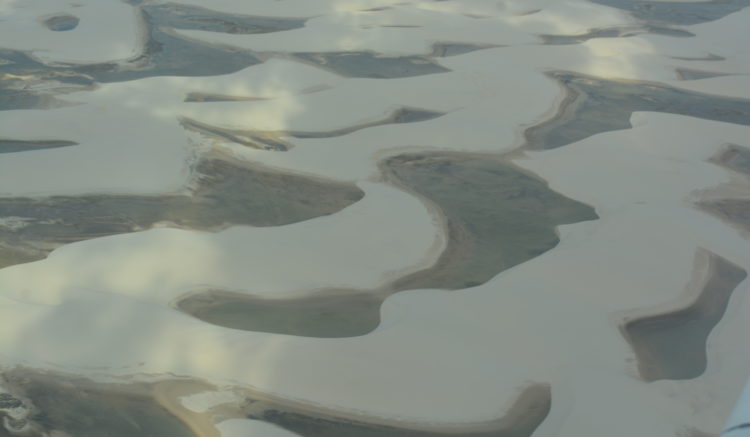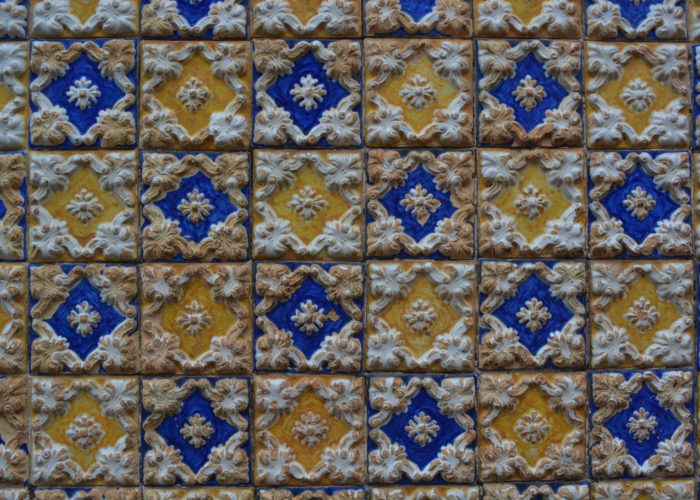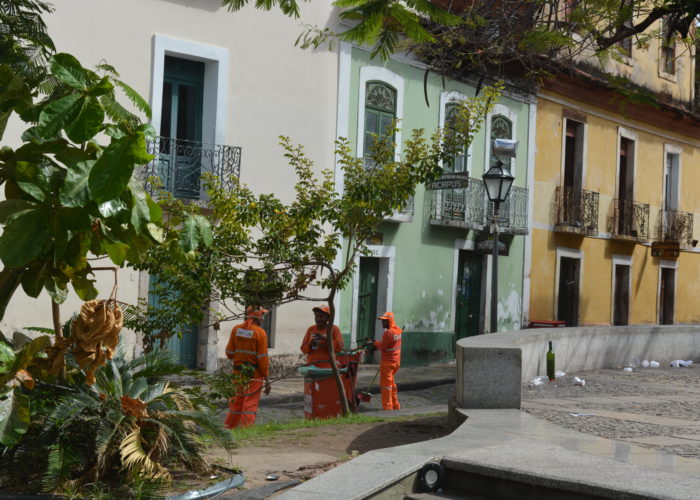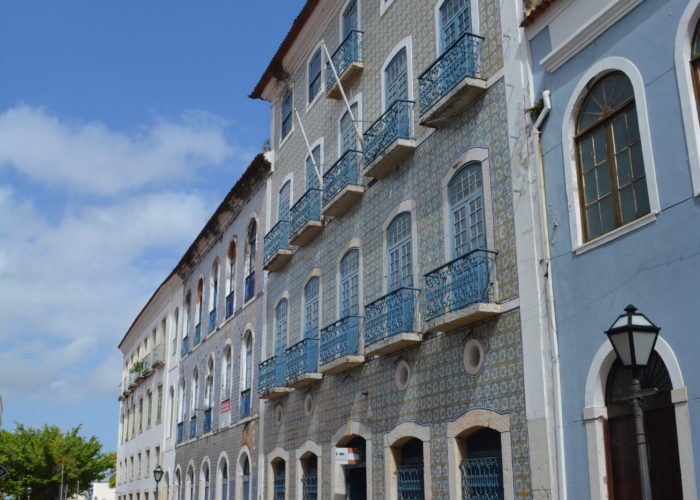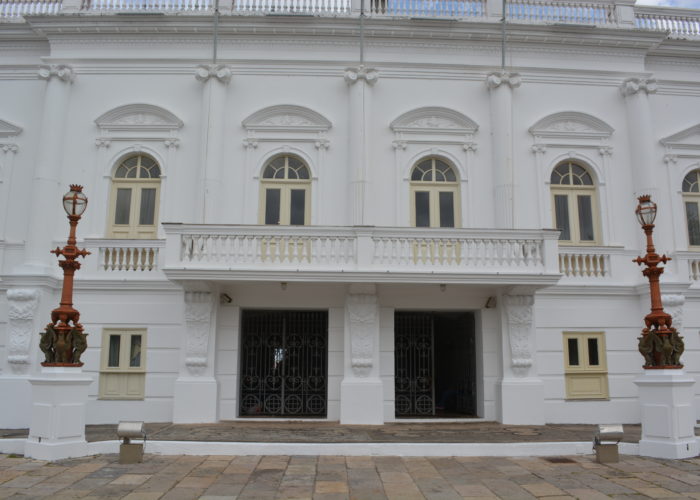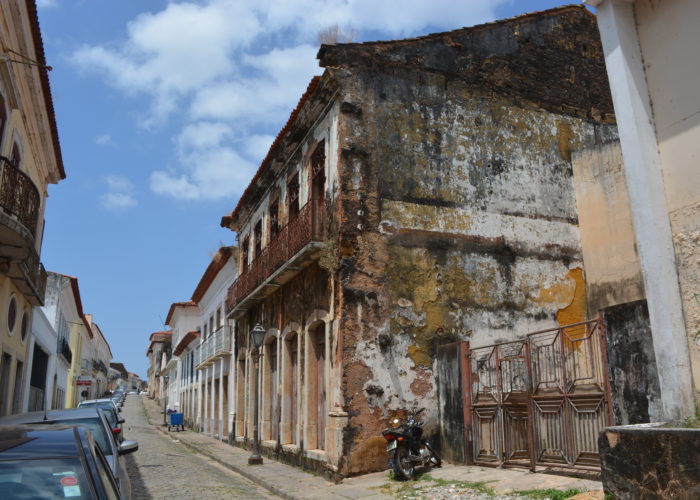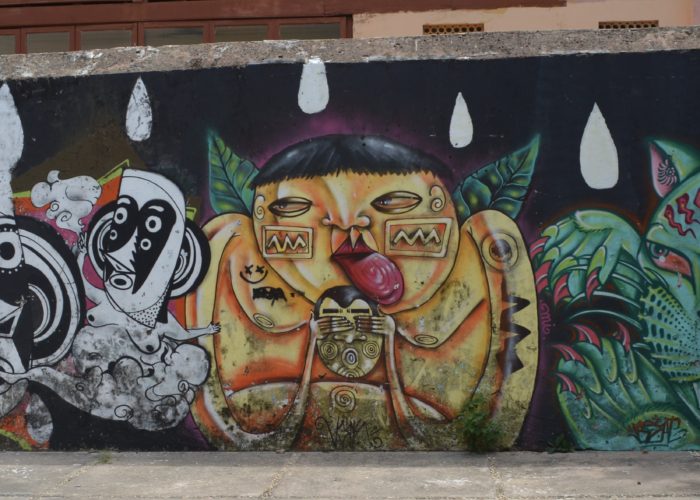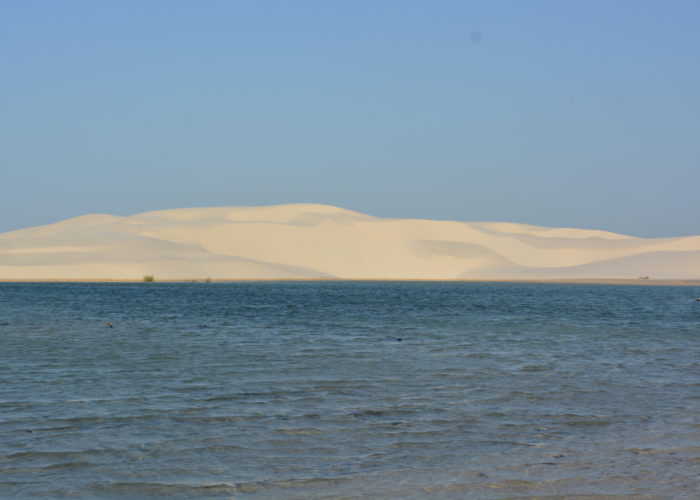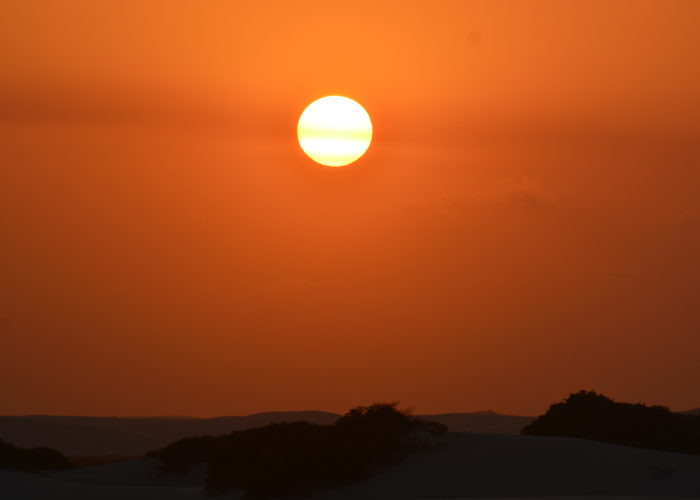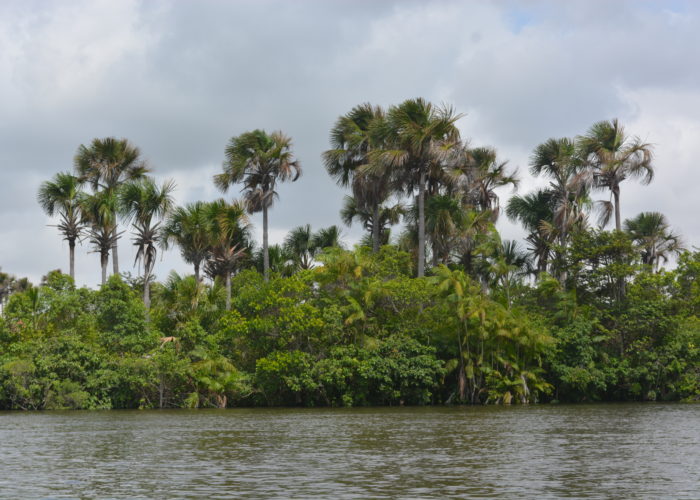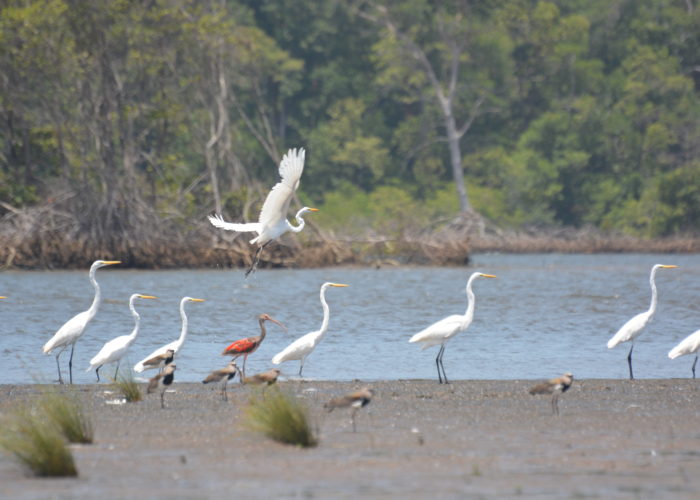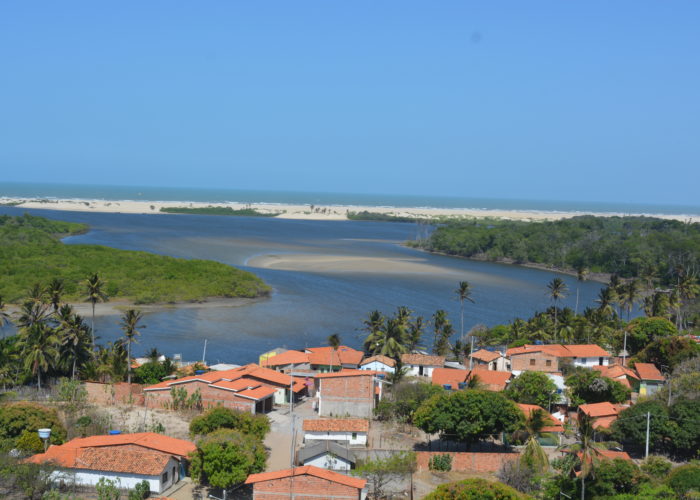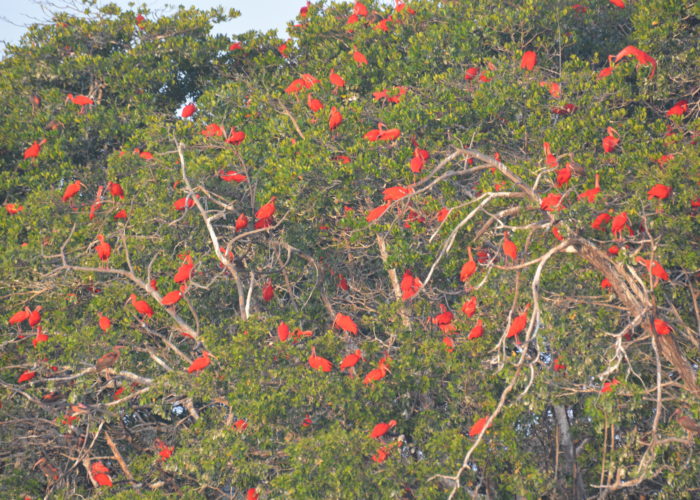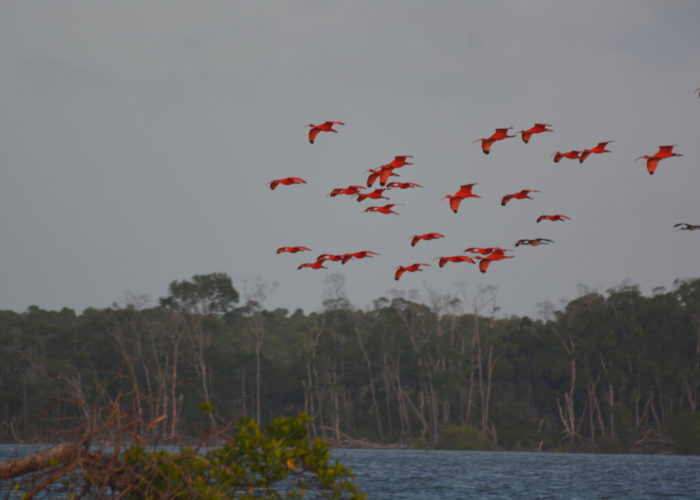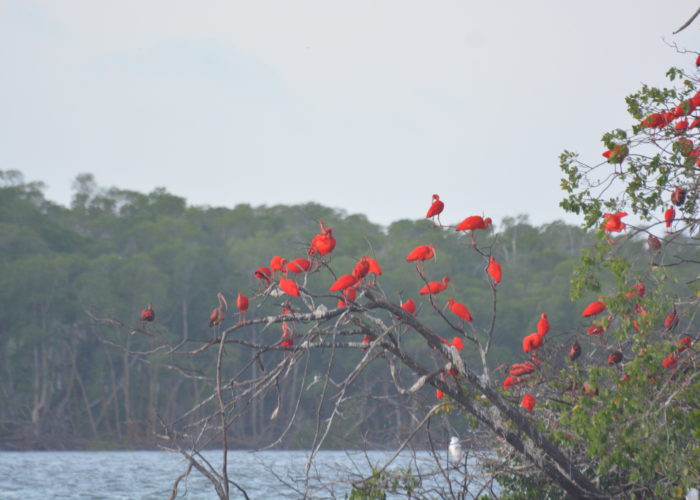A long drive day took us the 722 kms to the UNESCO World Heritage town of São Luís which was originally founded by the French in 1612 and after a brief spell under Dutch control is now a classic Portuguese town. Many of the old colonial buildings in the city centre are cladded with tiles in blues, yellows and greens with old wooden doors and shuttered windows. A lot of the buildings are in a stated of disrepair and give the impression of chic decay. When they are restored, the buildings are stunningly beautiful but many need a lot of maintenance. Like many Brazilian towns the middle classes have all moved out to condominiums in the suburbs where they have modern shops and gated communities for security.

The public buildings, including the palace, the law courts and main cathedral are all restored and painted white with nice well maintained gardens between them. The old treasury holds a museum of the city and the state of Maranhão and particularly interesting are the colourful costumes which are used in the main local festival to the bull. The story celebrates to resurrection of the bull which was killed for its tongue that was eaten by a pregnant slave girl.

São Luís is one of the main centres of the Afro Caribbean community in Brazil and is particularly famous for its reggae music. In the old centre there were reggae musicians busking in the evenings and the music is popular in the main bars.
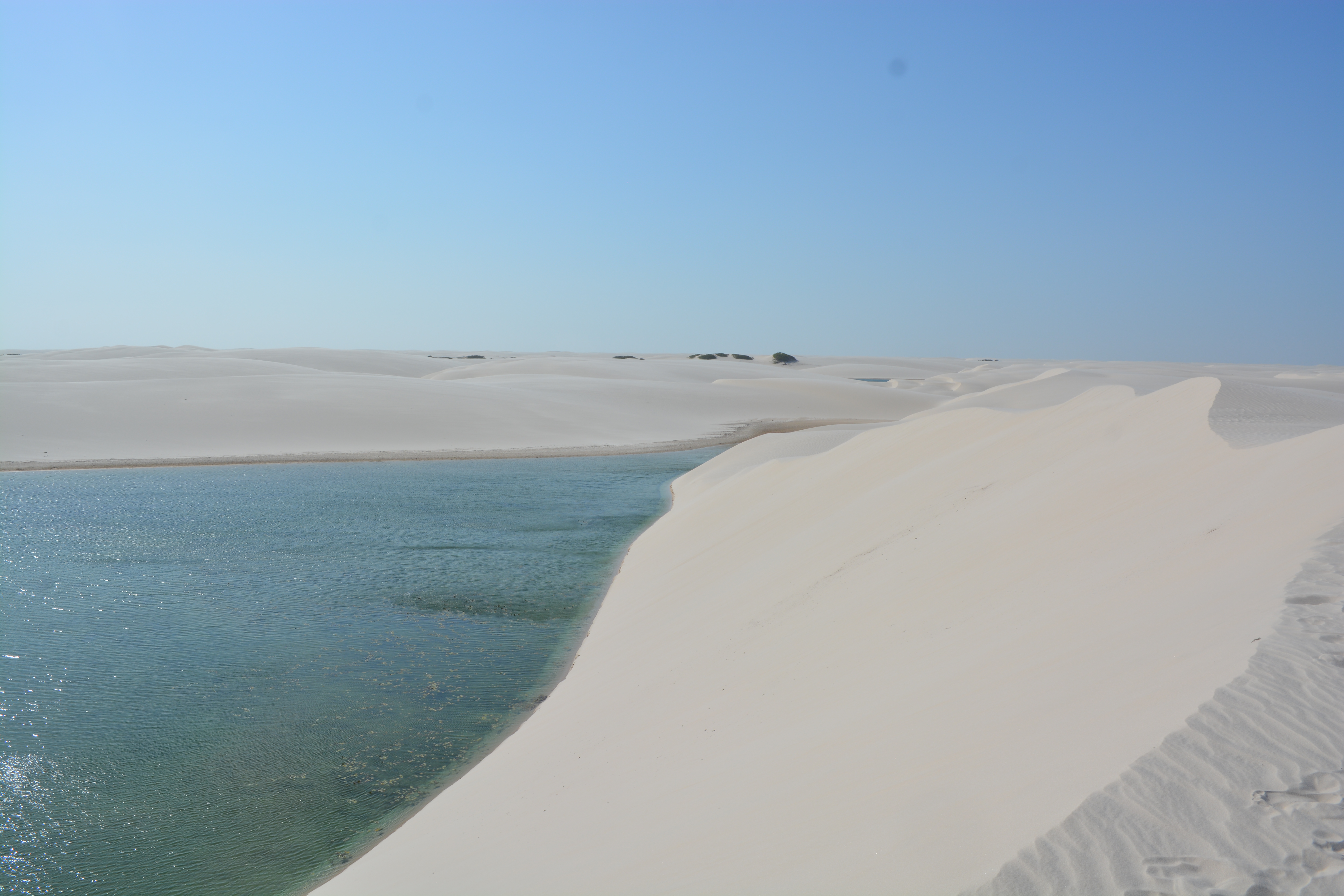
Further into the date of Maranhão State is the Lençóis Maranhenses National Park which is famous for its multiple sand dunes and fresh water lakes between the dunes. The landscape is enormous and there are literally thousands of different dunes and lakes. We took a small aircraft to fly over the dunes to see the scale of them. Even in the dry season the lakes are full of water. Swimming in the lakes, the water is very clear and not a bit salty. Some fish live in the lakes and if the water dries up, will bury themselves in the sand until it returns. However many will get eaten by the bird life.
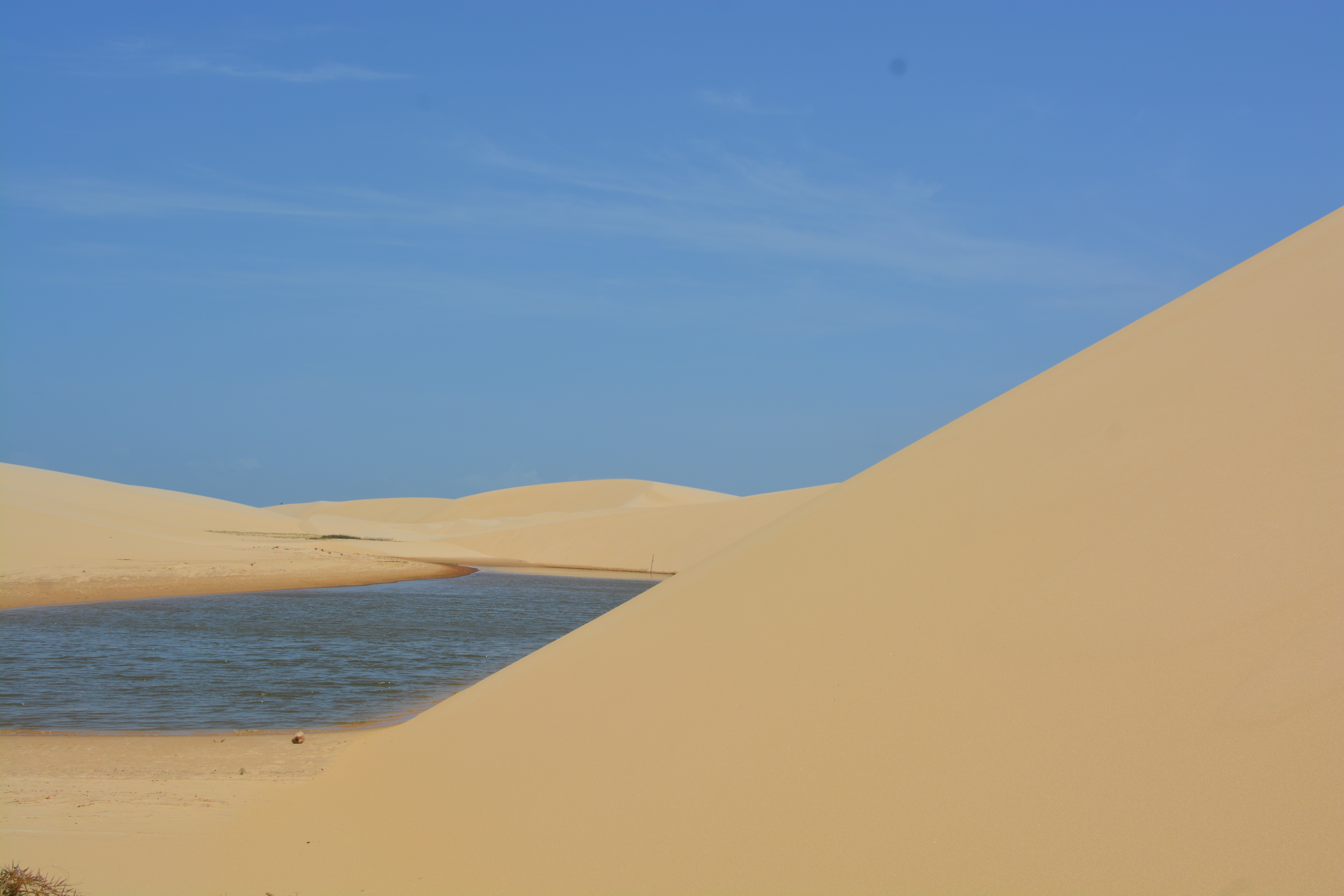
The canals and creeks that make up the rest of the Park extend for 100s of kilometres and support an extensive amount of mangroves and on the drier parts different palm trees that are harvested for the fruit and other products. The beach along the Atlantic Ocean has light fine sand and is pretty clean. It does contain a fair amount of fossilised wood from the mangroves. The beach is a long way from population centres otherwise it could be at the heart of a great beach resort. There is a large wind farm of 200+ wind turbines with many more under construction.
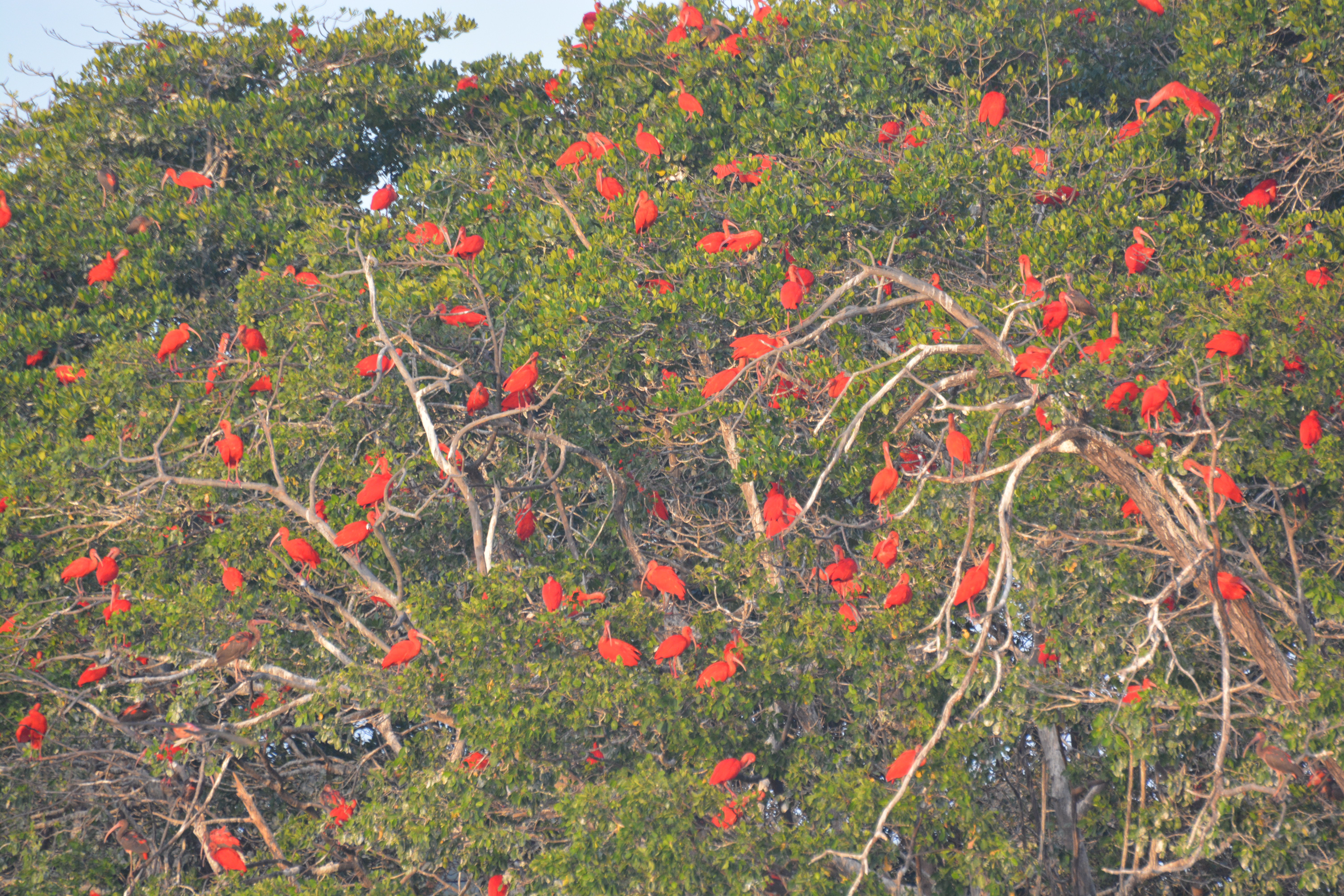
Further along the river system is a small island which at night forms the home for thousands of red ibis. The birds all congregate on the island to roost at night in the trees that face the sunset. The sunsets in the Lençóis Maranhenses National Park are spectacular as there is minimal pollution, but where the red ibis roost no one looks at the sunset as the many birds sit on the green trees and look like red Christmas decorations.
Date: 23/10/2018 to 28/10/2018
